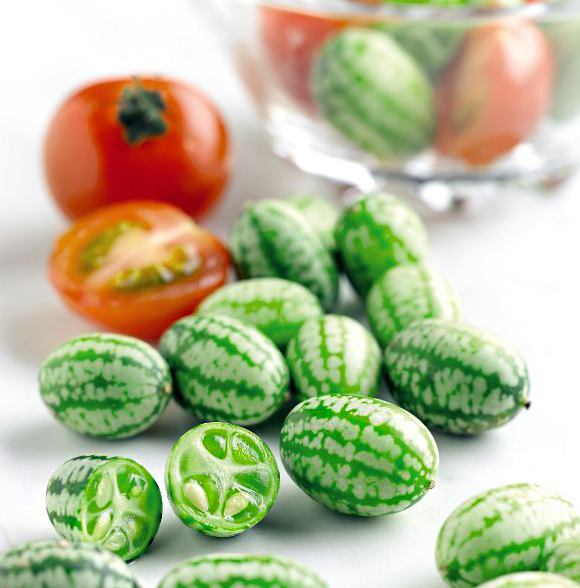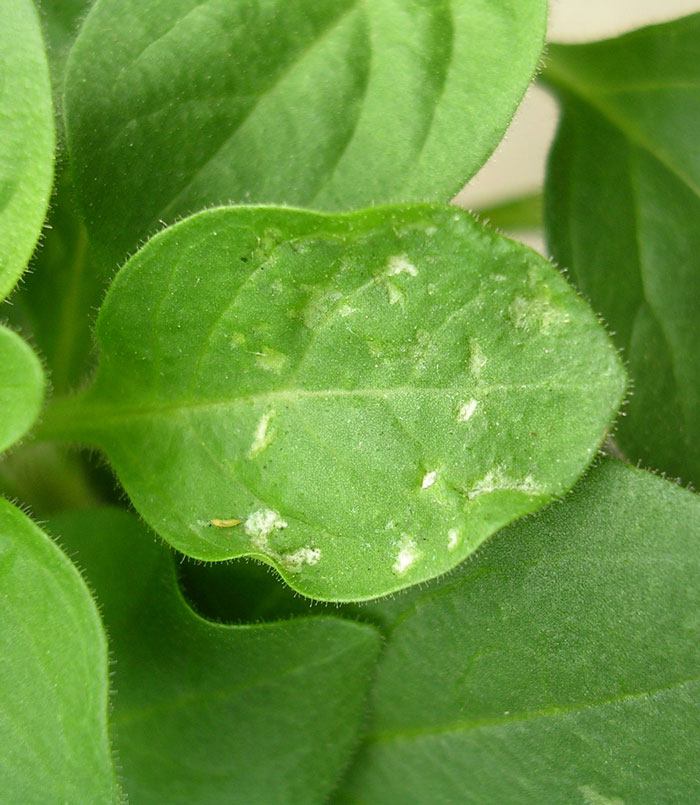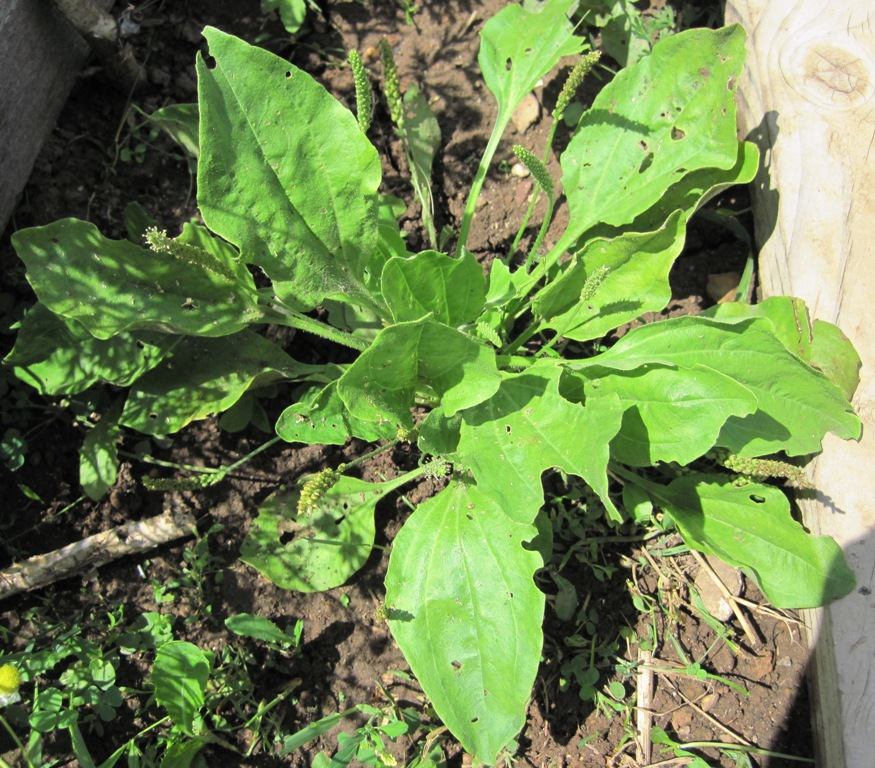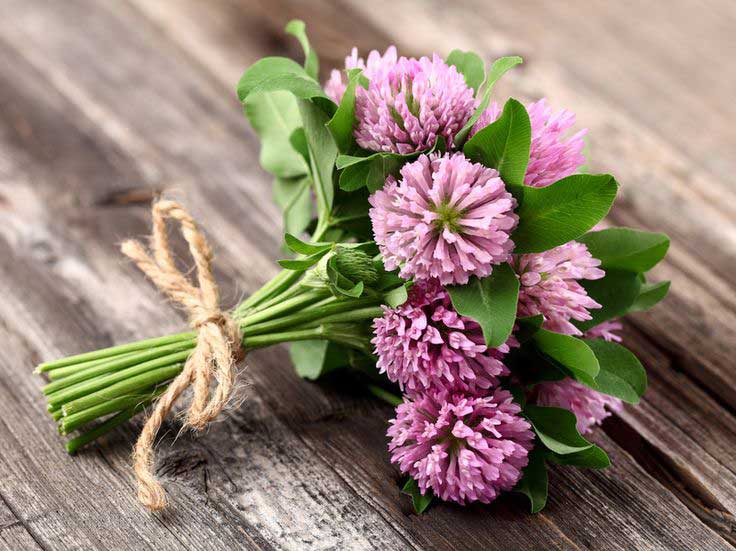Cucamelon, mouse melon, melothria - this isn’t a result of genetic engineering or a quirky hybrid, but a product that has been a staple of Mexican cuisine for centuries. This adorable tiny cucumber with a hint of lime can be grown right on your windowsill.
Among the numerous non-botanical names for rough melothria are Mexican miniature watermelon, Mexican sour cucumber, and cucamelon. Although this fruit is exotic, it can easily become part of your mini-garden on your balcony or in your apartment since it’s resistant to most local pests.
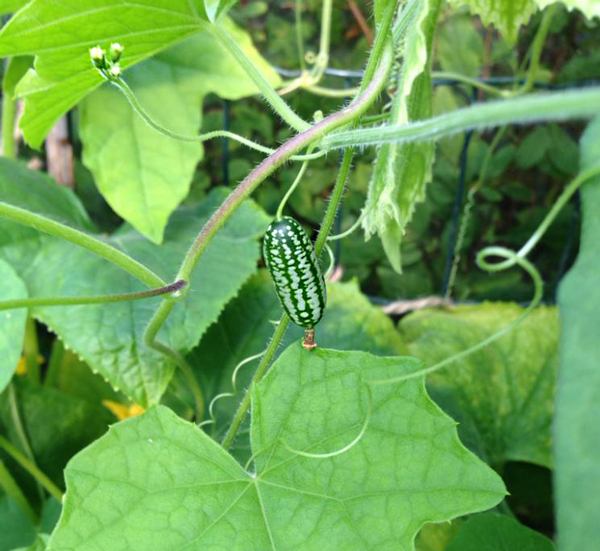
How to Grow Melothria in a Pot on the Windowsill
- Seeds can be purchased online.
- Melothria germinates very slowly - it takes about 3-4 weeks in a warm place.
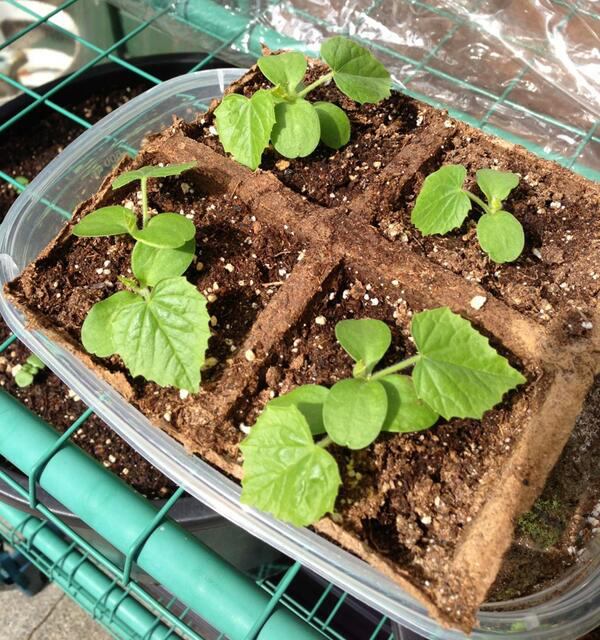
- According to the instructions on various seed packages, cucamelon doesn’t require a greenhouse during germination. However, given the long germination period, I still plan to cover it slightly with ventilation (once I’m ready to plant these little seeds come spring).
- To fully enjoy the fruits, use long windowsill pots. Leave 15 cm (6 inches) between plants to allow root development.
- While I don’t have tested soil recommendations, I assume that standard cucumber soil would work fine — light and fertile, loamy or sandy, with a neutral or slightly acidic reaction.
- Provide support for melothria’s climbing vines as it clings to everything like ivy.
- The plant is drought- and cold-resistant, but it’s still better to ensure moderate watering and good drainage for the plants.
- If planted in an open garden, the mouse melon could overrun half the garden with its shoots.
Harvesting the Crop
- If you sow melothria in late March, you can start harvesting fruits from July until November. A ripe fruit is slightly smaller than a kumquat and slightly larger than a large grape.
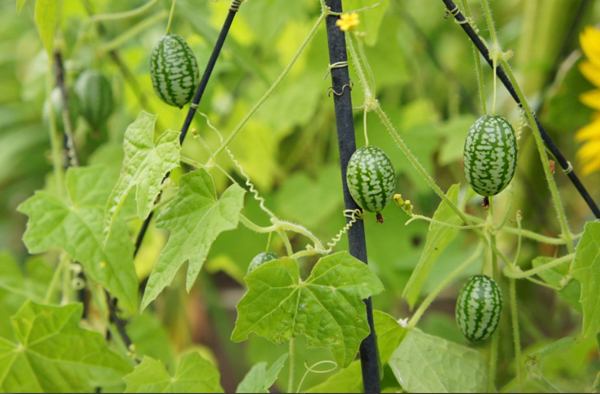
- Cucamelon appreciates potassium fertilizers and requires pinching at weeks 9-12 to encourage lateral growth.
- I found an interesting tip — after the fruiting stage ends, you can dig up the tubers and store them in a basement (or garage, or enclosed balcony) wrapped in absorbent paper until spring. In April, you can plant them again, and fruiting will start much earlier. This actually sounds quite reasonable to me.
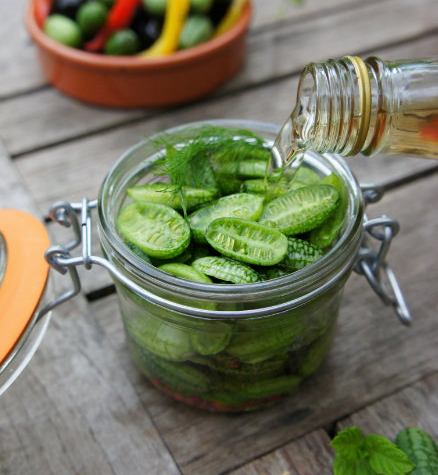
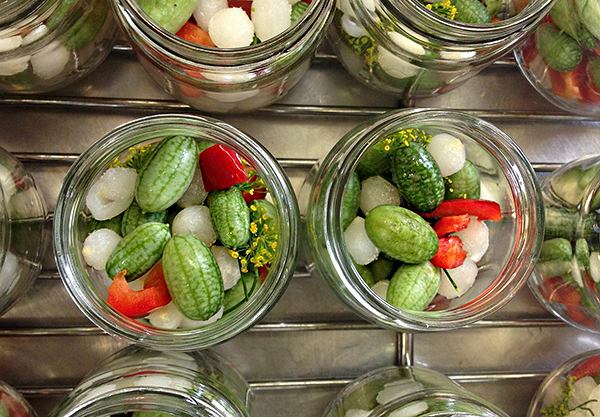
One big advantage of melothria is that seeds from fruits grown on your windowsill will yield a new harvest. Leave a couple of the best fruits to ripen, pick them from the stem, and let them sit in a ventilated area for a week. Carefully extract the seeds, place them in a jar of water for a week, then rinse, dry, and store them for the next season.
How to Eat Melothria?
The mouse melon is considered a tangy fruit — a slightly spicy cucumber flavor with a hint of citrus and light sourness. It can be eaten on its own, in salads, pickled (using your favorite pickling recipe), or as a fresh green addition to sandwiches. Moreover, melothria also develops an edible tuber similar to Jerusalem artichoke, which can be added to salads.
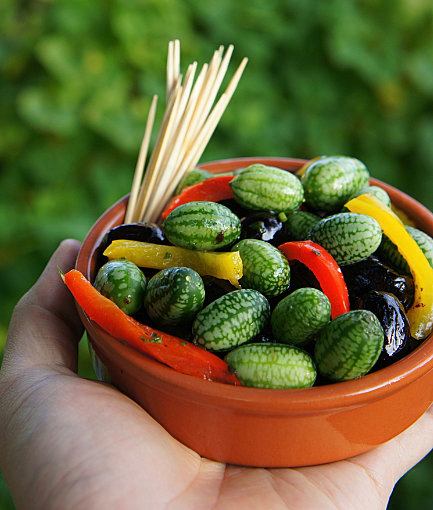
I haven’t yet had the chance to taste this Mexican marvel myself, but with the first thaw, I’ll definitely be planting it!
